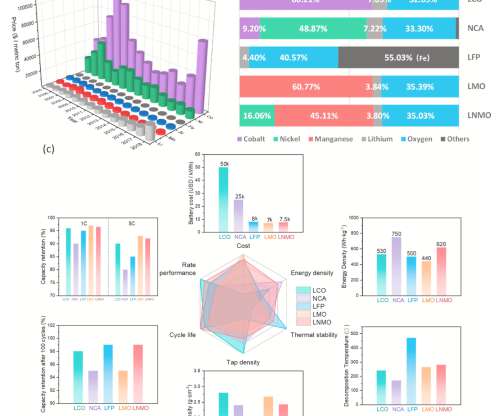Study shows paper-folding concepts can compact a Li-ion battery and increase its areal energy density
Green Car Congress
SEPTEMBER 25, 2013
Researchers at Arizona State University have shown that paper-folding concepts can be applied to Li-ion batteries in order to realize a device with higher areal energy densities. Recently, there has been much interest in the development of electronic and energy storage devices using paper and textile components.

































Let's personalize your content